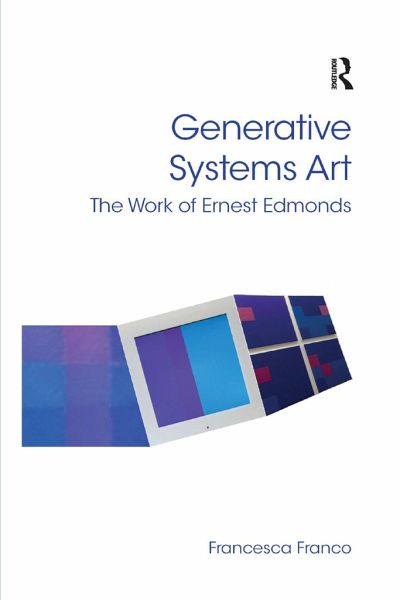
Generative Systems Art
The Work of Ernest Edmonds
Versandkostenfrei!
Versandfertig in 2-4 Wochen
66,99 €
inkl. MwSt.
Weitere Ausgaben:

PAYBACK Punkte
33 °P sammeln!
In this unique book the author explores the history of pioneering computer art and its contribution to art history by way of examining Ernest Edmondsâ art from the late 1960s to the present day. Edmondsâ inventions of new concepts, tools and forms of art, along with his close involvement with the communities of computer artists, provides the contex



